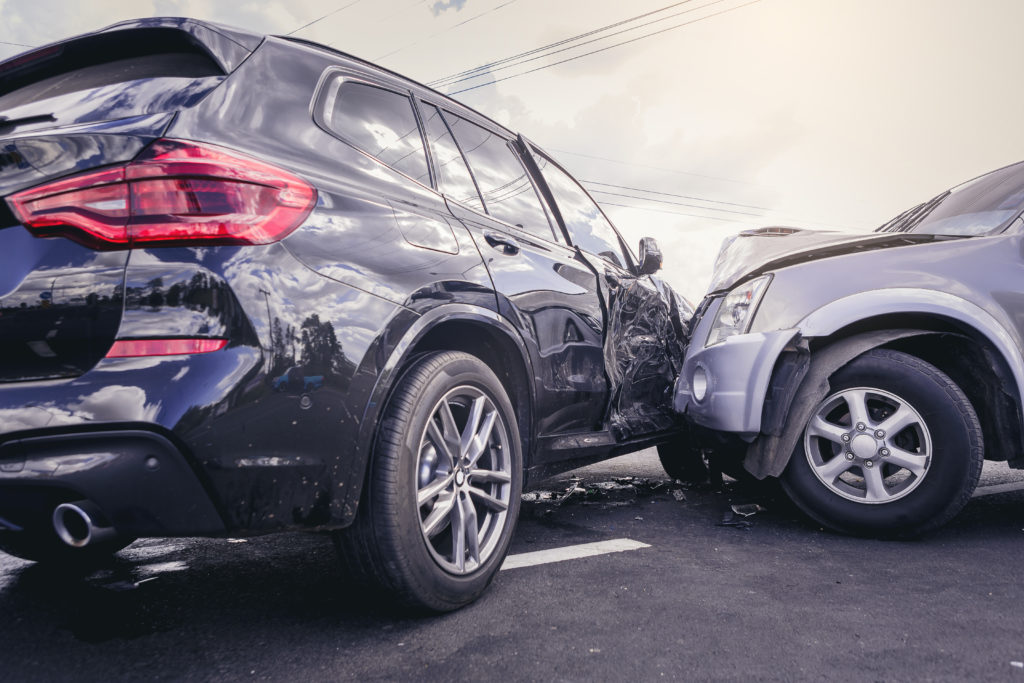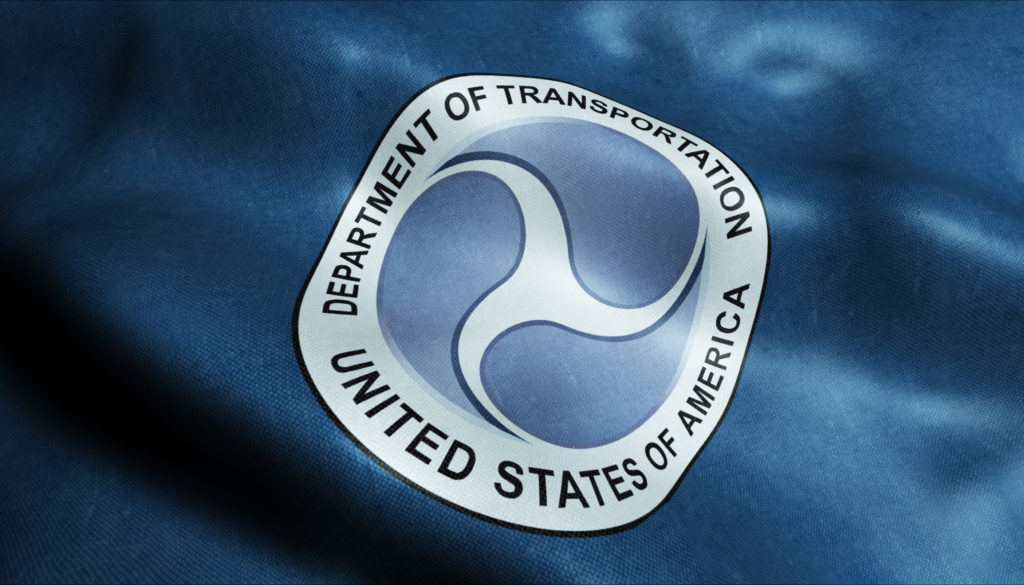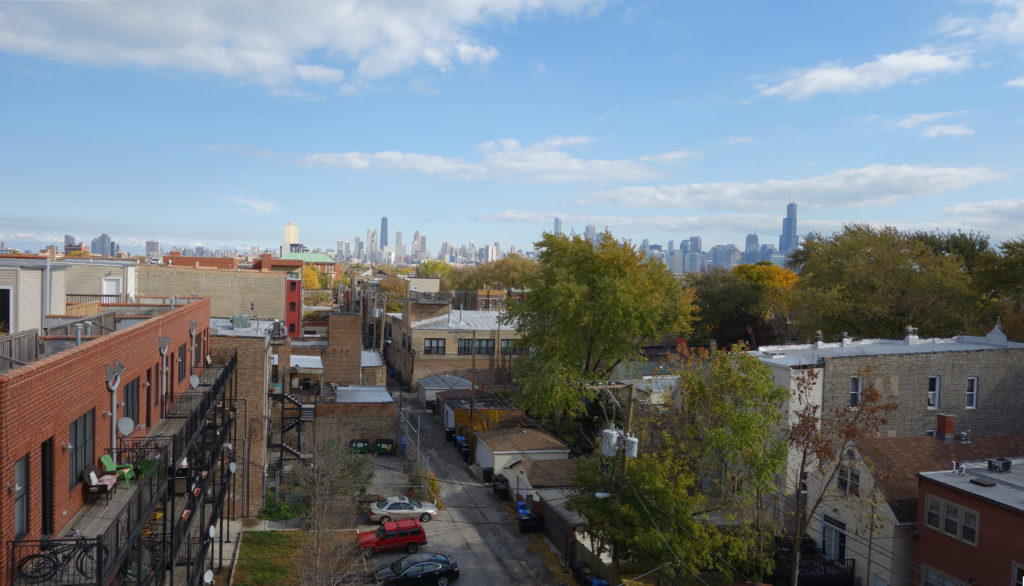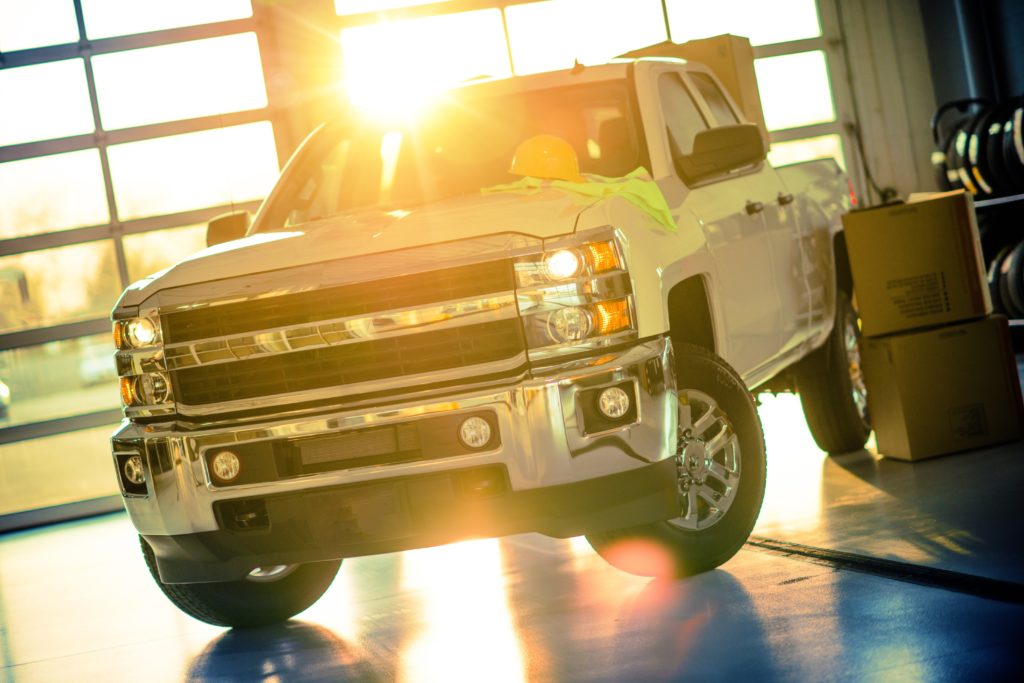
Although shelter-in-place mandates brought on by the coronavirus pandemic have made traffic numbers drop significantly during the first quarter of 2020, there was only a 1% decrease in fatalities compared to those of 2019’s first quarter.
The National Highway Traffic Safety Administration’s recent “early estimates” report said 7,780 people died in crashes during that period of 2020, which is only 70 fewer than that of last year. Still, preliminary data also show vehicle miles traveled during that time decreased by 40.1 billion miles (5.4%). These numbers do not portray the number of big rig vehicles involved in such crashes.
Additionally, the rate of crash fatality during 2020’s first quarter actually increased to 1.10 fatalities per 100 million vehicle miles traveled from the 1.05 per 100 million vehicle miles traveled in the period just before.
“Given the unprecedented nature of the health emergency and the limited data collected thus far, it is unclear what conclusions or broader trends can be extrapolated at this point,” said NHTSA. When projections from the first half of the year are released in September, these overall estimations will be refined further.
“Due to recent anecdotal reports of increased speeding and reckless driving on emptier roads in recent months, NHTSA has launched a new summer ad campaign to remind drivers to drive safely as Americans get back on the road,” said the agency. “We will be following the data closely and issuing a special report on traffic safety during this unique period later this summer.”
Some of the administration’s campaign efforts have been seen on Twitter recently.
“Summer vacations may look a little different this year, but summer driving safety tips always apply,” said NHTSA in a tweet. “Wherever you’re headed, keep yourself, your family, and others on the road safe by completing a few vehicle checks and obeying the rules of the road.”
Also in the report were data showing an increase in fatalities between 2017 and 2018 with large-truck occupants, pedestrians, and pedalcyclists. Additionally, crash fatalities increased over 10 consecutive quarters starting in 2014’s fourth quarter. The second quarter of 2017 saw a 1.1% decline which stopped the upward trend, and 2019’s second quarter brought the seventh quarter in a row of yearly fatality decreases since 2017.
In regards to large trucks involved with crash fatalities, the number of these big rigs in fatal crashes increased by 4.6% between 2017 and 2018, with trucks weighing between 10,001 and 14,000 pounds. In the same period, the number of trucks over 26,000 pounds involved with fatal crashes increased by 1.6%.
During these periods, the largest factors in these crashes were: speeding, distraction, and failure to yield right-of-way.
“The first goal is to stop that upward trend,” said FMCSA’s chief safety officer, Jack Van Steenburg at the Transportation Research Board’s annual meeting in January. “For the next several months, we at FMCSA are going to go out and talk to people. We’re going to listen to people. We want to tell them what we’re doing, ask how we can do it better, what can we do differently, and how can we do it differently to prevent these crashes from occurring.”
The NHTSA says it is currently still finalizing data from crash fatalities during 2018 and 2019 by “using information from police crash reports and other sources.” and that it is “too soon to speculate on the contributing factors or potential implications of any changes in deaths on our roadways.” When the final file for 2018 and annual report for 2019 become available this fall, it will likely result “in the revision of fatality totals and the ensuing rates and percentage changes.”
Jim Mullen, acting FMCSA Administrator, said that he has been working diligently to find ways to reverse the increase of large-truck fatalities that have been present over the last four years.
“When I assumed this role as an acting administrator three months ago, the members of this panel asked me what are my top priorities,” Mullen said at the annual TRB meeting. “That, to me, was a no-brainer. The top priority for me at this agency is to reverse that four-year trend [of] increasing fatalities involved with large trucks and buses.”




